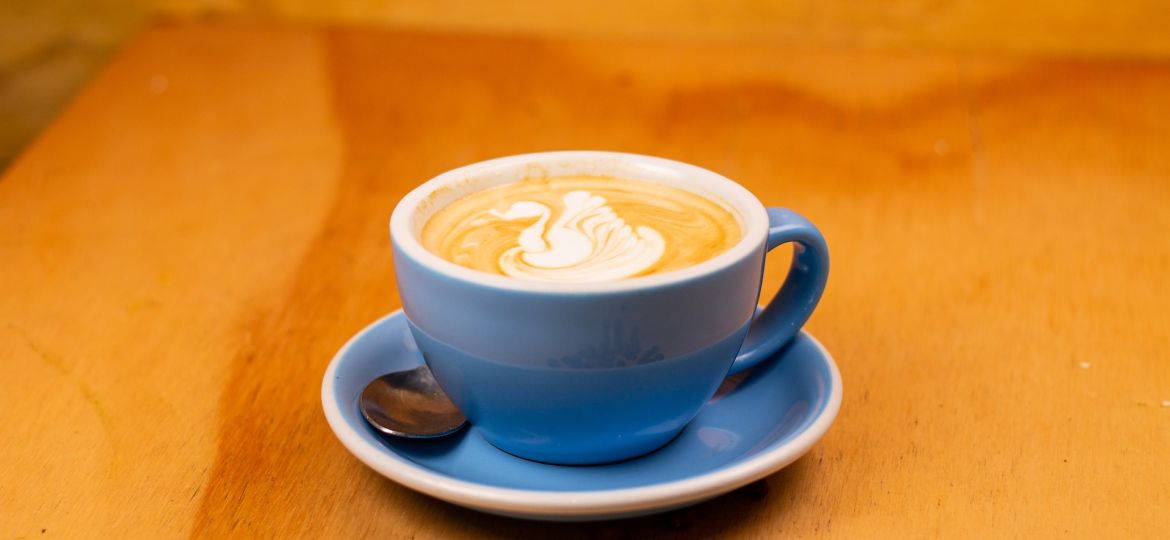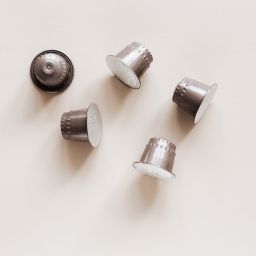
Coffee, for many, is not just a beverage; it’s a vital part of the day. Understanding the measurements involved in brewing coffee is crucial for several reasons:
- Ensures consistency: Knowing the right measurements helps in brewing coffee that tastes the same every time.
- Enhances flavor: Proper measurements can significantly impact the flavor and strength of your coffee.
- Caffeine control: It helps in controlling the amount of caffeine per serving.
The Standard Coffee Cup Size

When we talk about a “cup” of coffee, the size can be somewhat misleading. Here’s what you need to know:
- Standard size: A standard coffee cup holds 6 ounces of liquid.
- Historical perspective: This measurement dates back to when coffee brewing began to be standardized. The 6-ounce measurement was adopted as it provided a perfect balance for taste and strength.
Why this size? The 6-ounce cup size is based on the “golden ratio” for brewing coffee, which is considered to provide the best flavor.
Coffee Cup vs. Coffee Mug: Understanding the Difference
It’s easy to confuse a coffee cup with a coffee mug, but they are quite different:
- Coffee Cup:
- Typically holds 6 ounces.
- Used as a standard measurement in recipes and coffee machines.
- Coffee Mug:
- Larger than a coffee cup.
- Sizes can vary, typically ranging from 8 to 20 ounces.
Why does this matter? Understanding this difference is crucial for brewing coffee. If you use a mug to measure your coffee instead of a standard cup, you might end up with coffee that’s too weak or too strong.
The Golden Ratio in Coffee Brewing
Ever heard of the Golden Ratio in coffee brewing? It’s not some fancy barista secret; it’s actually pretty simple and super important for making that perfect cup of coffee. Here’s the scoop:
- What is it?: The Golden Ratio typically means using one to two tablespoons of coffee for every six ounces of water.
- Why it matters: This ratio is the sweet spot for extracting just the right amount of flavor from your coffee beans. Not too strong, not too weak.
How it affects your coffee:
- Taste: Get the ratio right, and you’ll have a balanced cup of coffee every time.
- Quality: Consistency in your ratio means consistency in quality. No more guessing games!
Understanding and using the Golden Ratio can be a game-changer in your coffee brewing routine. It’s all about finding that perfect balance for your taste buds.
Coffee Cup Sizes in Popular Coffee Shops

Let’s talk about the coffee cup sizes you encounter at your favorite coffee shops like Starbucks, Dunkin’ Donuts, and Tim Hortons. Spoiler alert: they’re quite different from the standard 6-ounce coffee cup!
- Starbucks:
- Sizes range: From the “Short” (8 oz) to the “Trenta” (31 oz).
- Fun fact: Their “Grande” (16 oz) is almost three times the size of a standard coffee cup!
- Dunkin’ Donuts:
- Sizes range: From “Small” (10 oz) to “Extra Large” (24 oz).
- Comparison: Even their smallest size is larger than the standard coffee cup.
- Tim Hortons:
- Sizes range: Similar to Dunkin’, from “Small” (10 oz) to “Extra Large” (24 oz).
- Canadian favorite: Known for their generous sizes, eh!
Why this matters:
- Expectation vs. Reality: Knowing these sizes helps set your caffeine expectations right.
- Customizing your order: Understanding the sizes can help you customize your order to your taste.
Coffee Cups: Different Sizes Around the World
Coffee isn’t just a drink; it’s a global phenomenon, and guess what? The size of a coffee cup isn’t the same everywhere. Let’s take a quick trip around the world to see how coffee cup sizes vary:
- Italy: Home of the espresso, where coffee is typically served in small, 1-2 ounce cups. It’s all about savoring the rich, intense flavor.
- Australia and New Zealand: Famous for their flat whites, served in slightly larger cups, usually around 5-6 ounces.
- USA: Everything’s bigger in America, right? Coffee cups can range from 12 to 20 ounces, especially in popular coffee chains.
- Turkey: Known for its strong Turkish coffee, served in tiny cups about 2-3 ounces in size.
Cultural influences:
- Italy: Coffee is a leisurely experience, enjoyed in small, potent doses.
- USA: Coffee is often on-the-go, leading to larger servings for a longer-lasting caffeine fix.
- Turkey: Coffee here is a traditional, ceremonial drink, savored in small, strong servings.
Understanding these differences isn’t just fun trivia; it’s a window into how coffee adapts to different cultures and lifestyles.
Different Measurement Systems for a Cup
When we talk about a “cup” of coffee, it’s not a universal measurement. Different countries have different ideas of how much a cup should hold:
- USA: A cup is typically 8 ounces, thanks to the imperial system.
- UK: They also use the imperial system, but their cup is often considered 10 ounces.
- Japan: A cup is about 200 milliliters (6.7 ounces) in Japan, following the metric system.
Impact on coffee servings:
- Brewing confusion: If you’re using an American coffee maker in the UK, your coffee might be stronger or weaker than expected.
- Recipe variations: A cake recipe from Japan might require a different amount of coffee if you’re making it in the USA.
This variety in measurement systems means that a “cup” of coffee isn’t just about size; it’s about understanding the local context. So, next time you’re brewing a global coffee recipe, remember to check the local cup size!
Factors Influencing Coffee Cup Size
Ever wonder why your morning latte is larger than your afternoon espresso? It’s not just random; several factors determine the size of your coffee cup:
- Grind Size:
- Fine grinds are used for strong, concentrated coffees like espresso, served in small cups.
- Coarse grinds are for lighter brews like French press, which come in larger cups.
- Brew Type:
- Espresso-based drinks (like lattes and cappuccinos) are larger due to added milk and foam.
- Straight brews (like Americanos) can vary in size, but are generally larger than espresso shots.
Why this matters:
- Flavor and strength: The cup size can enhance or dilute the coffee’s flavor and strength.
- Experience: The right cup size can turn your coffee drinking into a more enjoyable experience.
FAQs
Let’s tackle some common questions about coffee measurements:
- Q: Does the type of coffee bean affect how much water I should use?
- A: Generally, no. The coffee-to-water ratio should stay consistent, but feel free to adjust to taste.
- Q: Can I use the same measurements for different brewing methods?
- A: Not always. Different methods (like drip vs. espresso) might require adjustments for best results.
- Q: Why is my coffee sometimes too strong or too weak?
- A: This could be due to incorrect coffee-to-water ratios or grind size. Experiment to find your perfect balance.
Conclusion
From the Golden Ratio in brewing to the varying cup sizes around the globe, it’s clear that coffee is a complex and diverse beverage. Understanding these nuances can elevate your coffee experience, ensuring every cup is just right. Whether you’re a casual drinker or a coffee connoisseur, remember:
- Consistency is key for that perfect cup.
- Cultural differences make coffee a unique experience worldwide.
- Personal preference plays a big role, so don’t be afraid to experiment.
Next time you sip on your favorite coffee, think about the art and science that went into its making.









